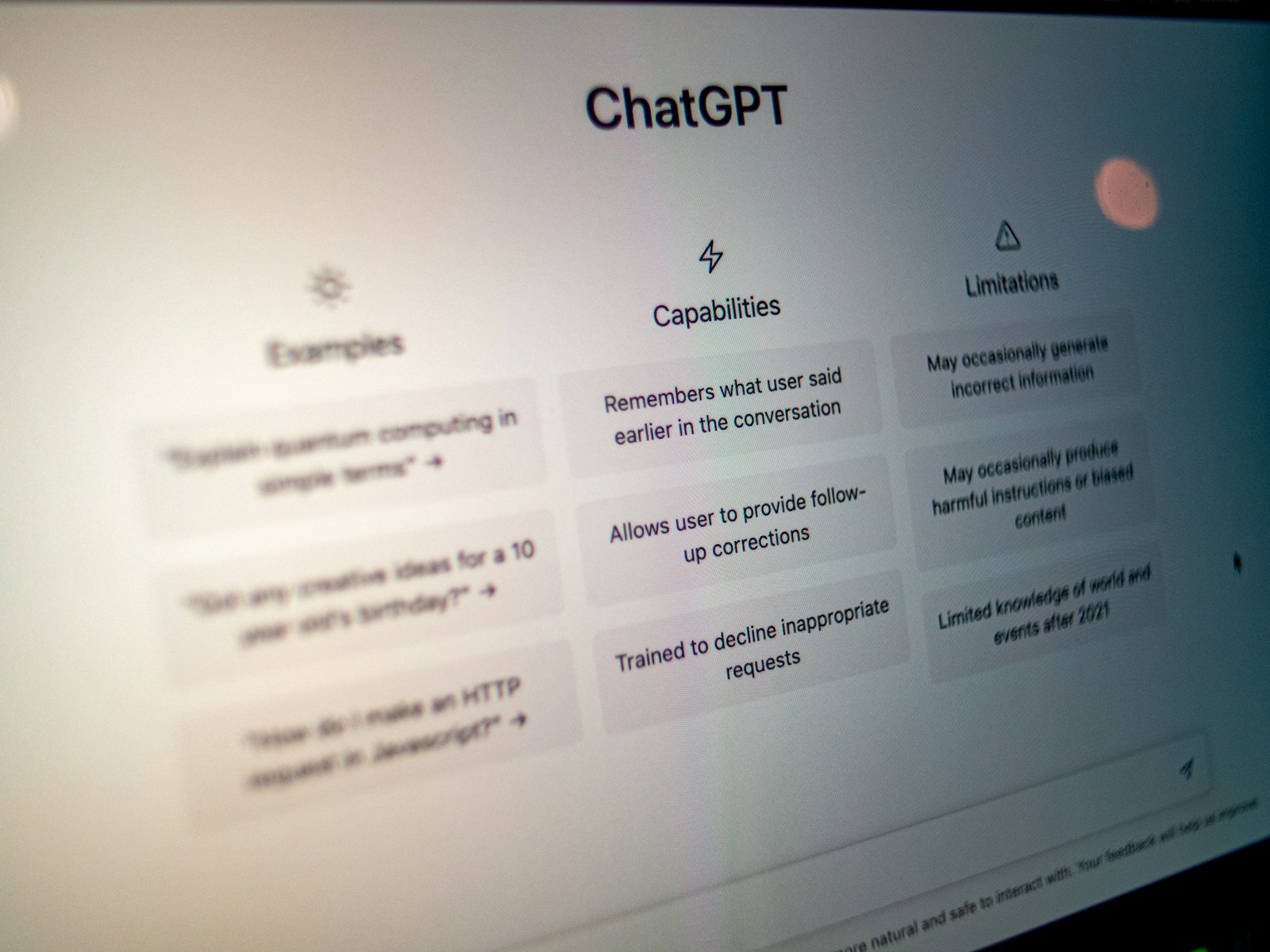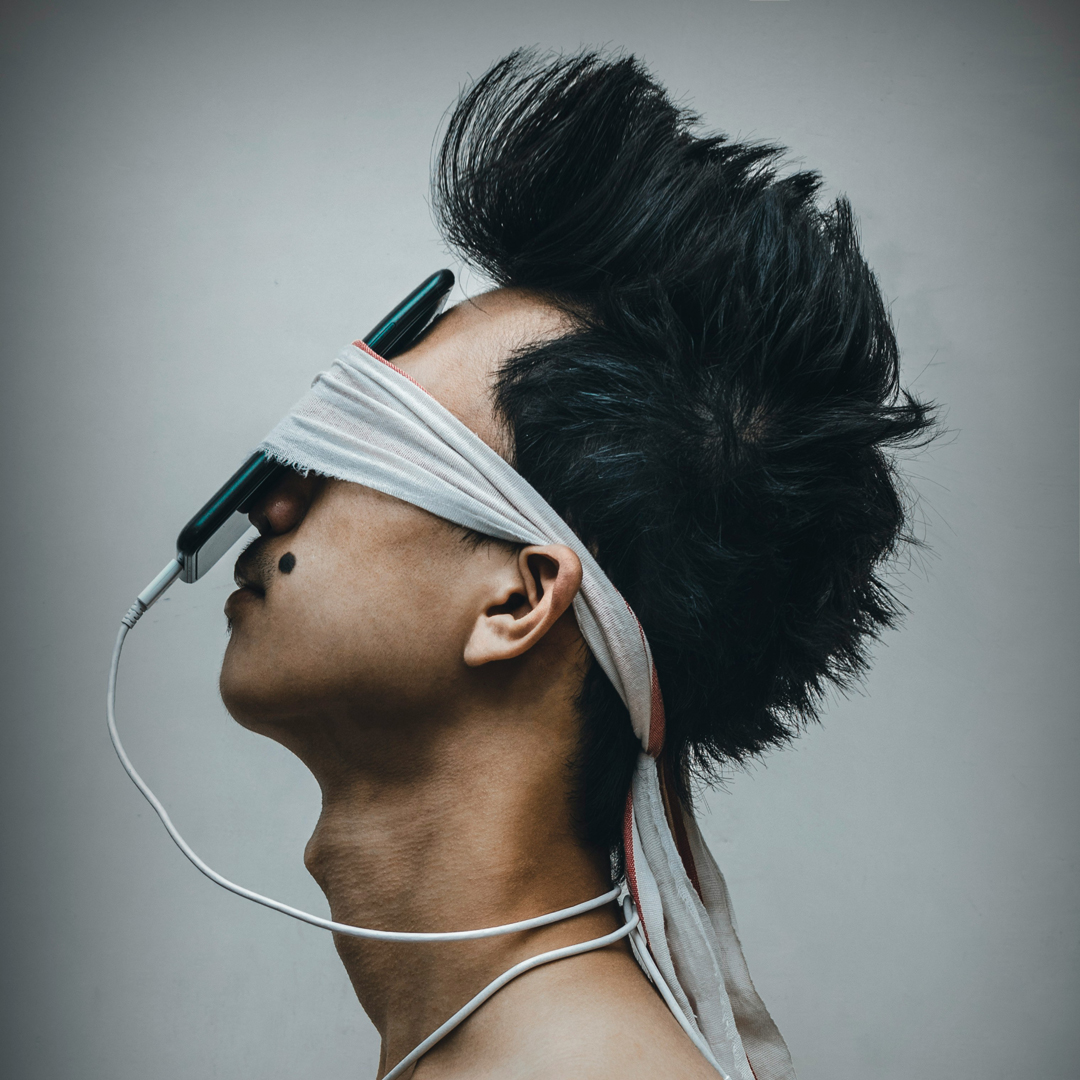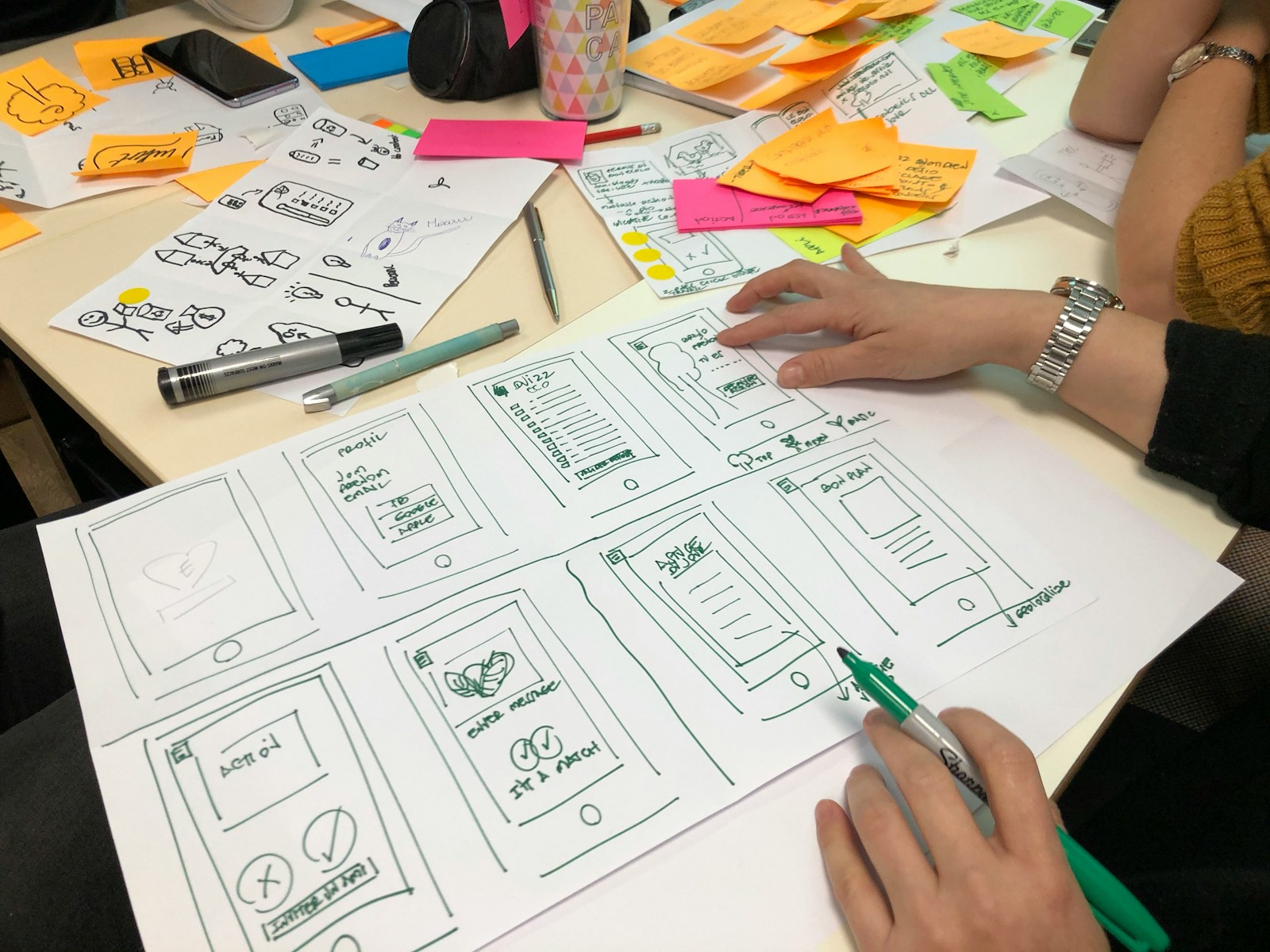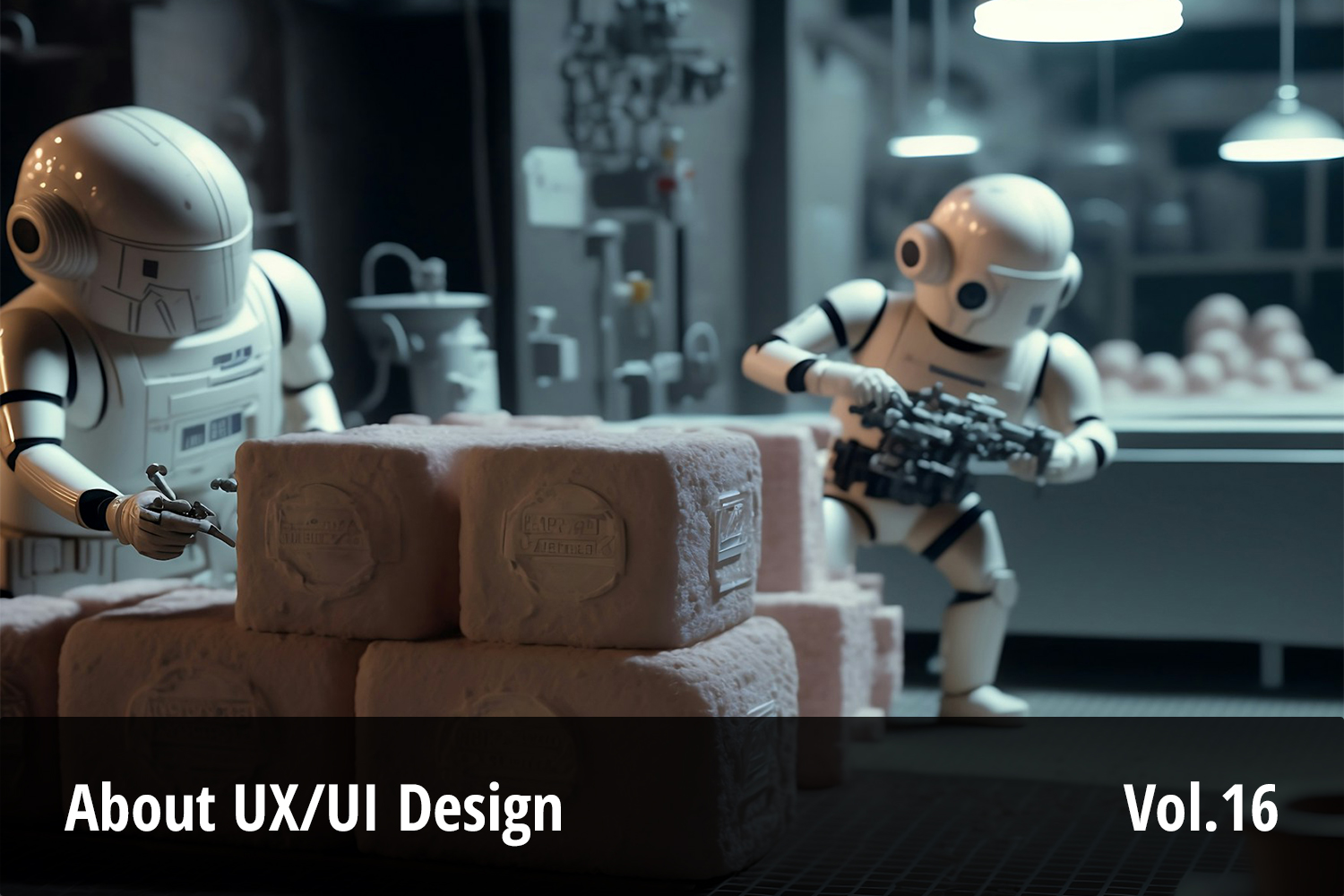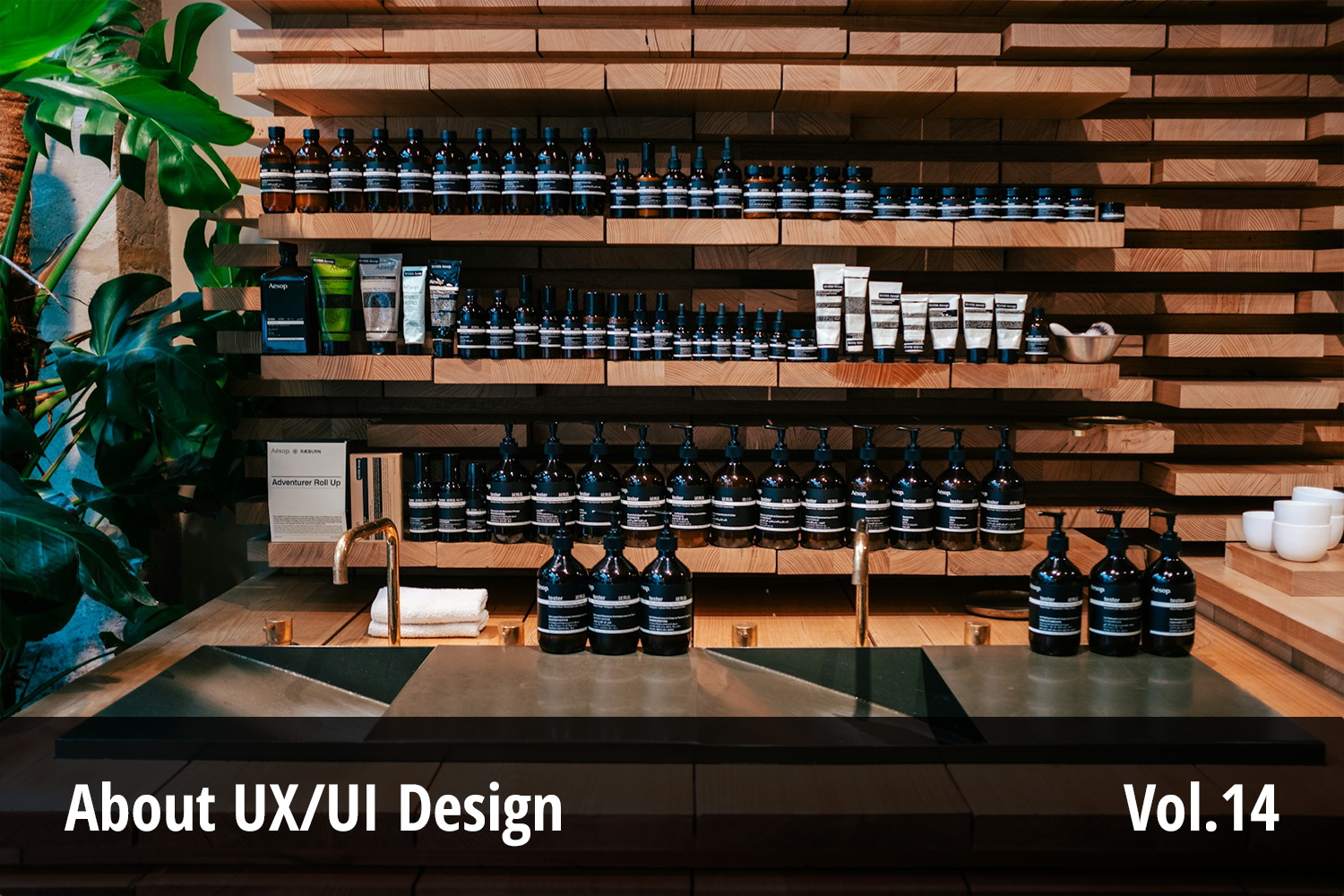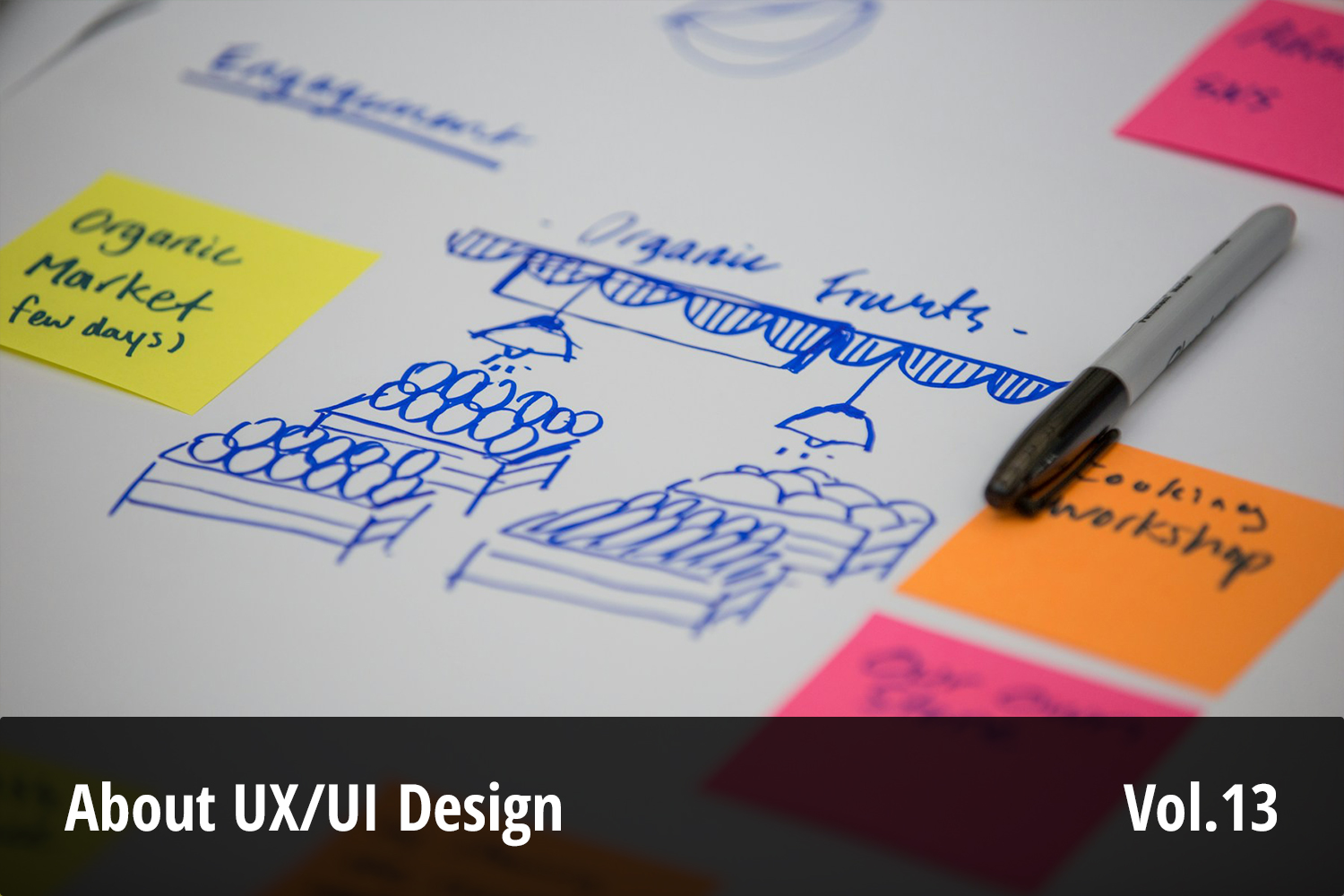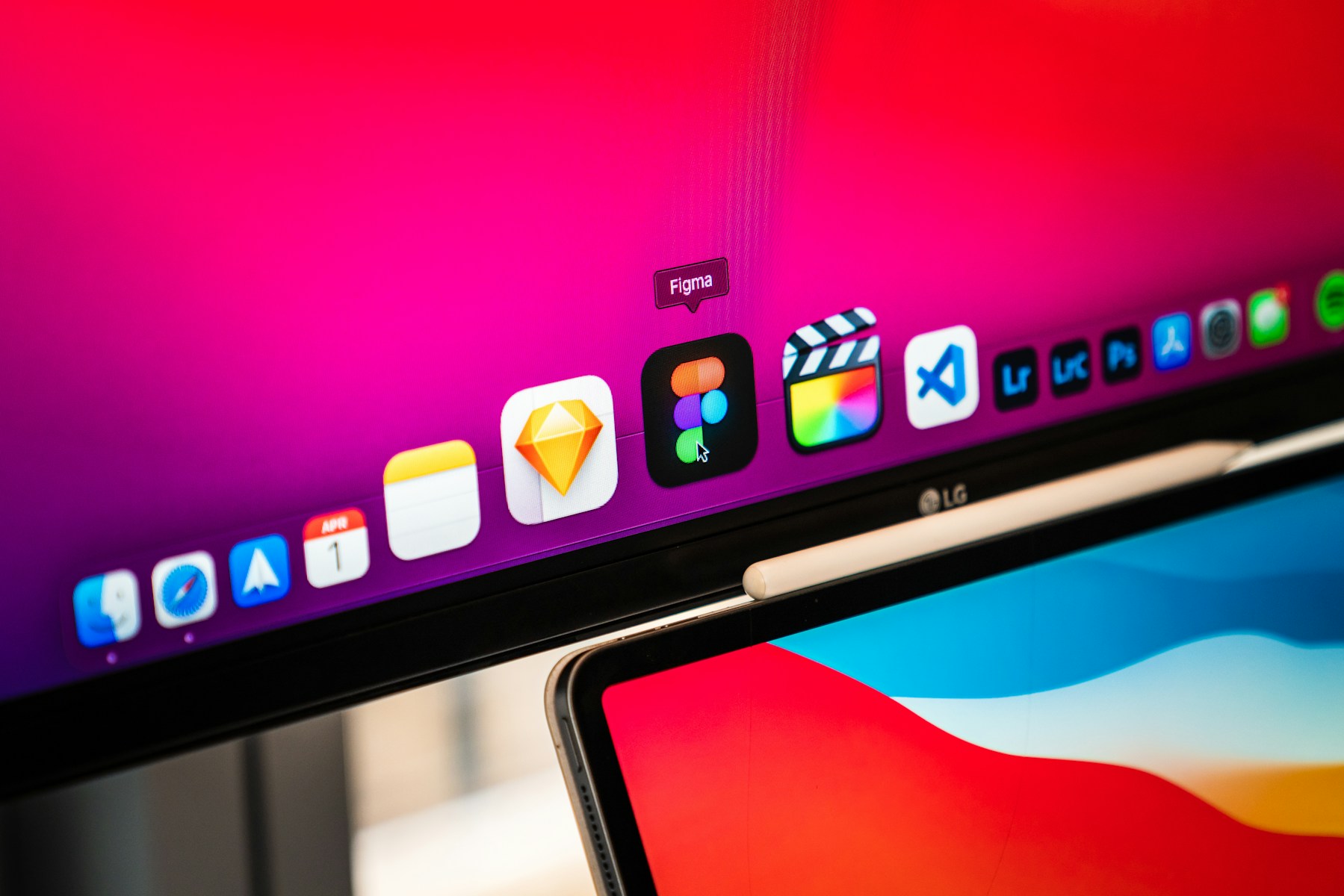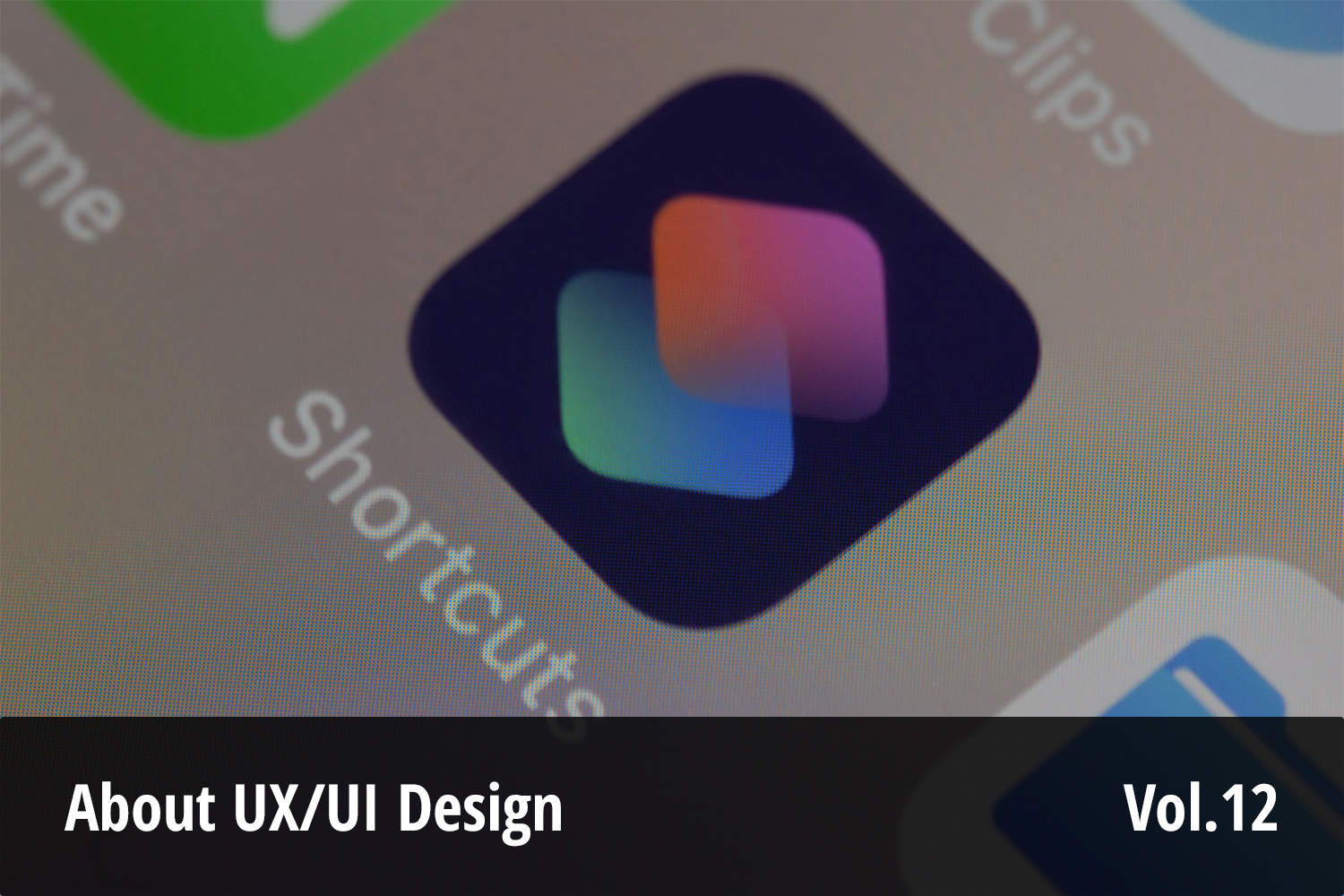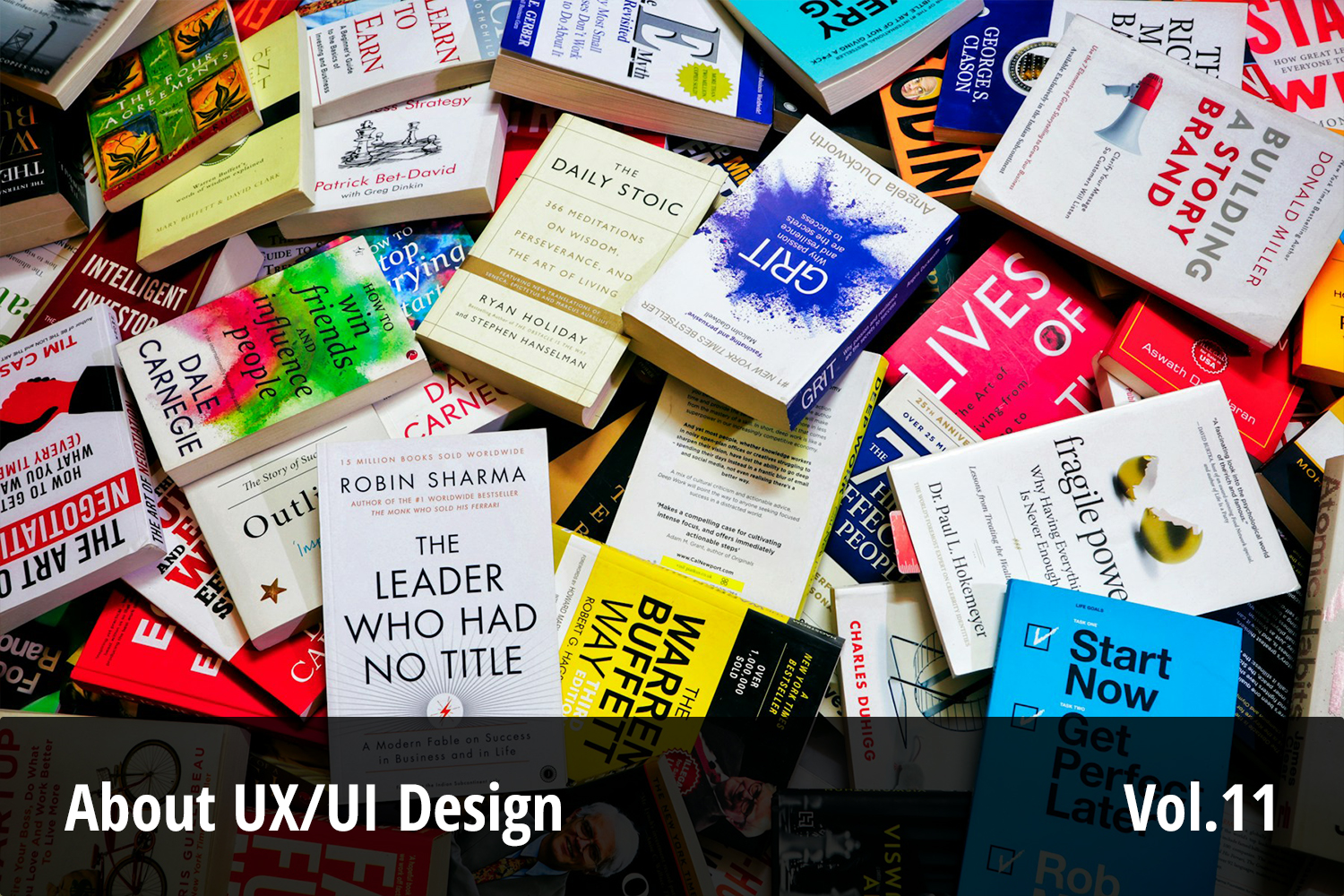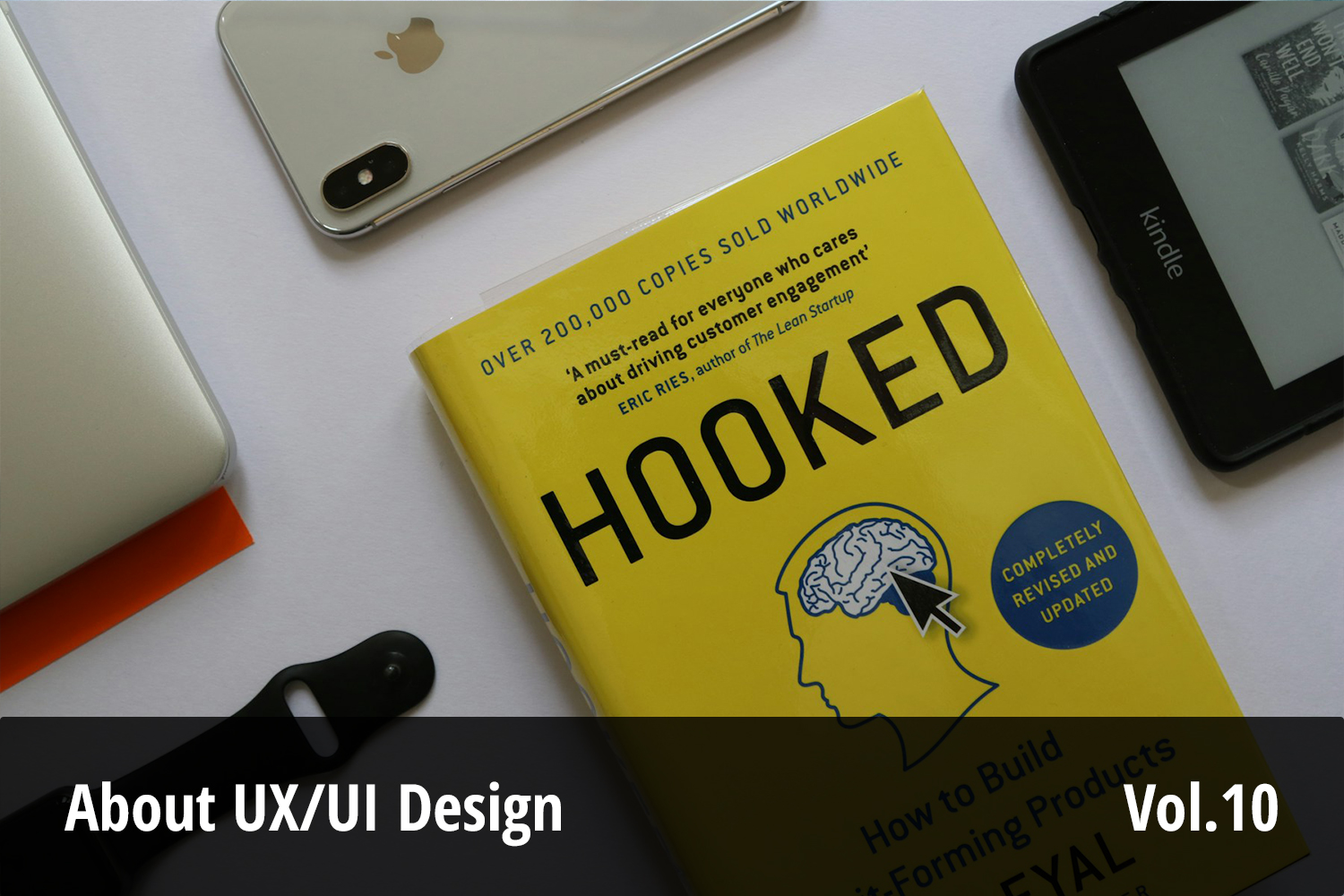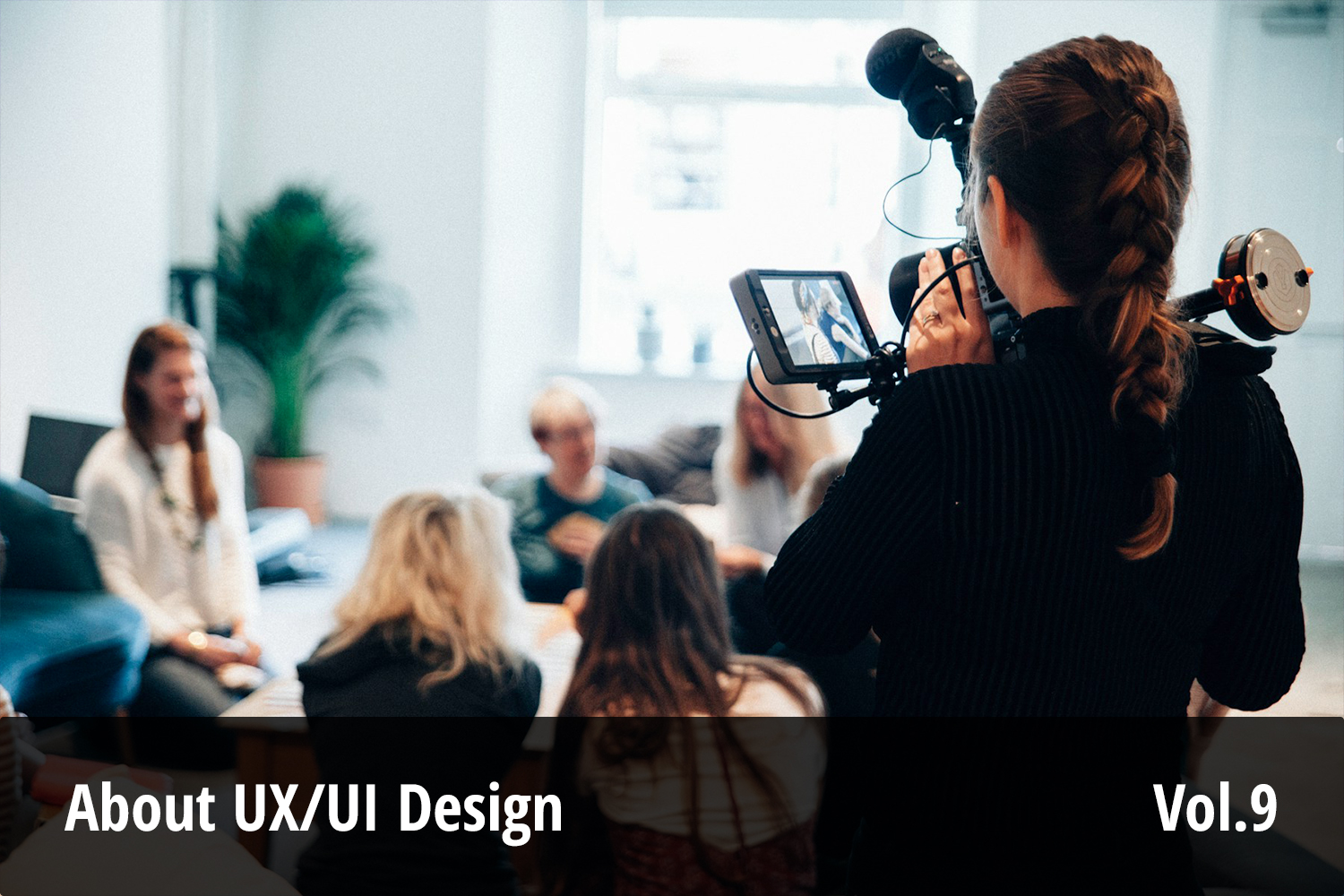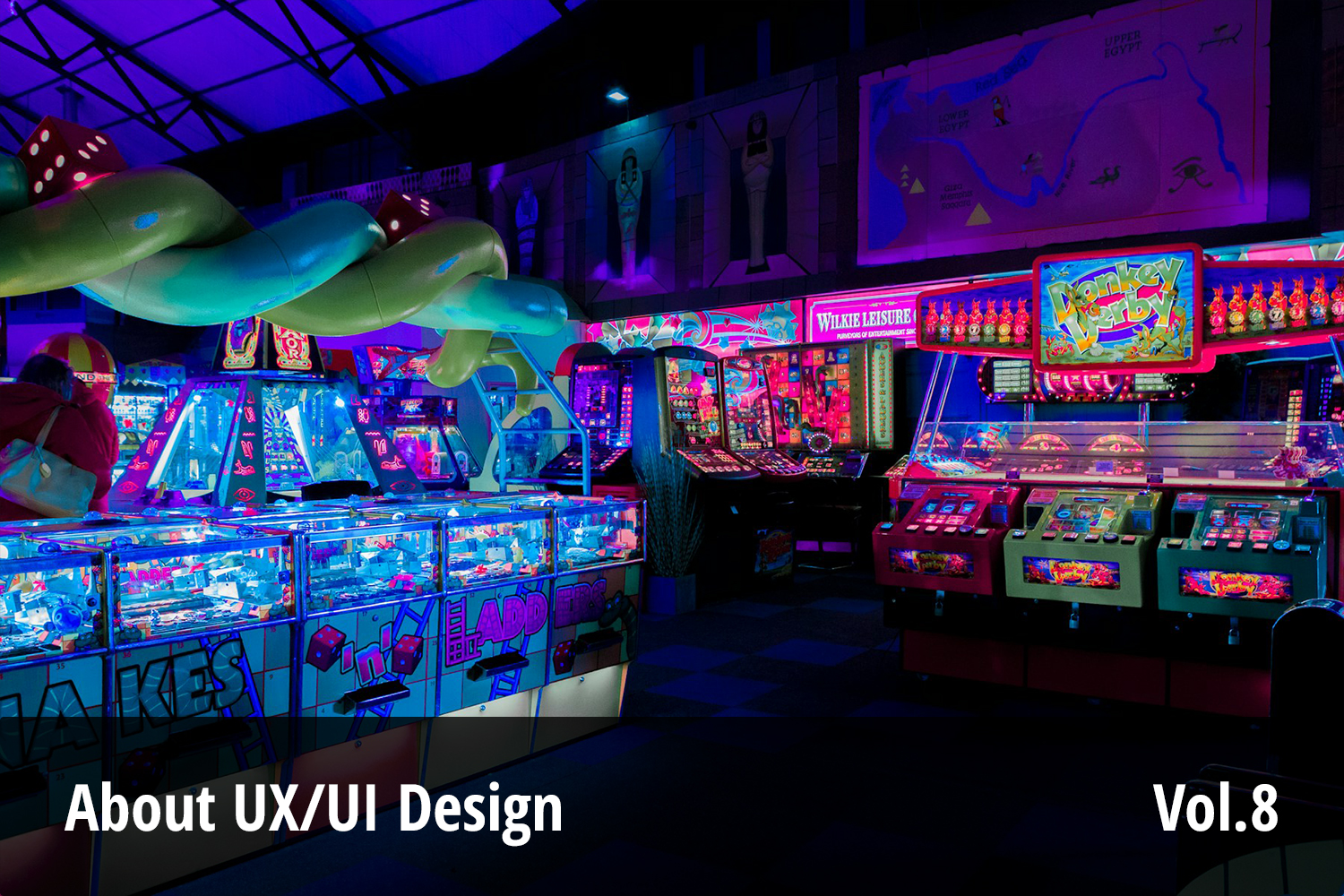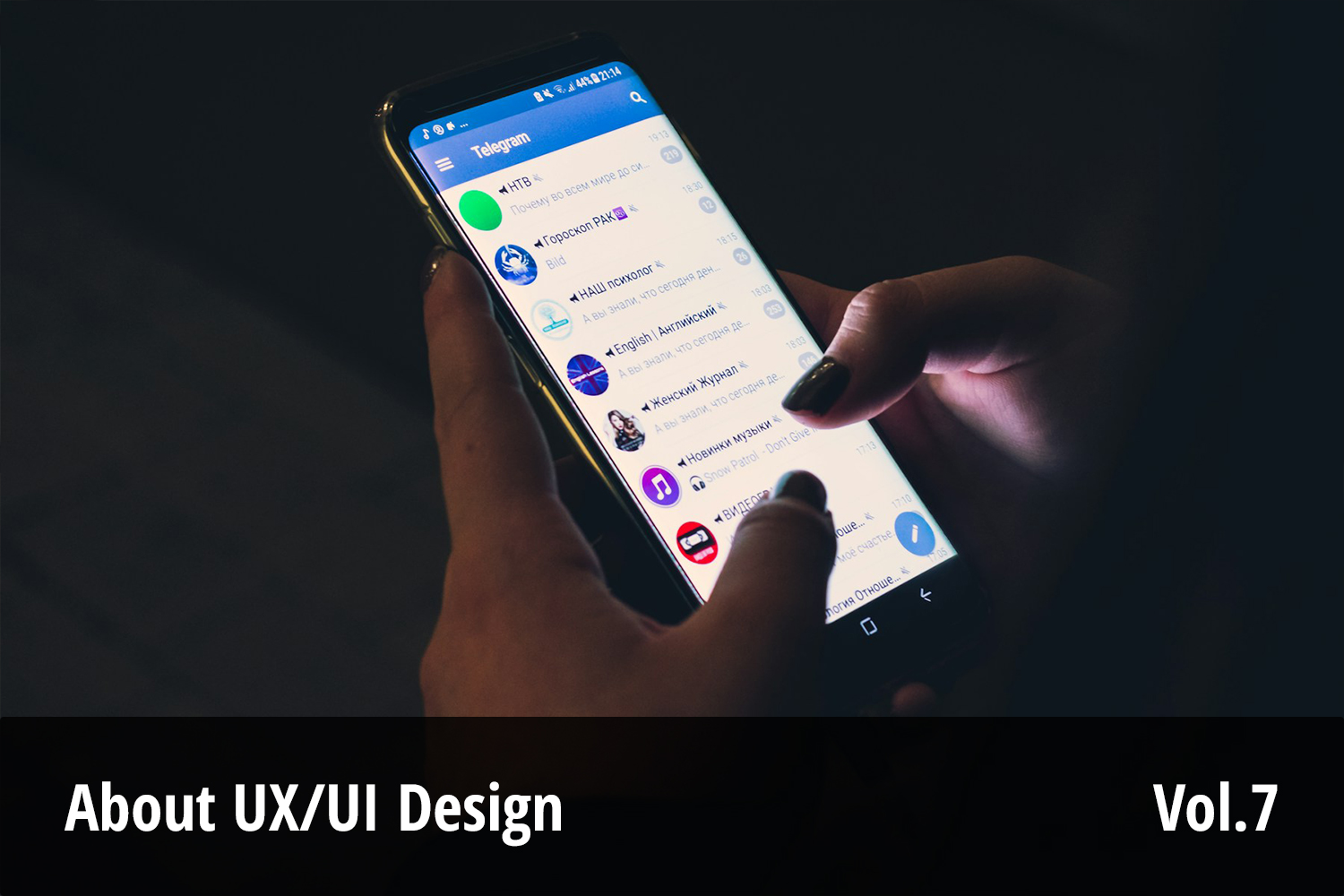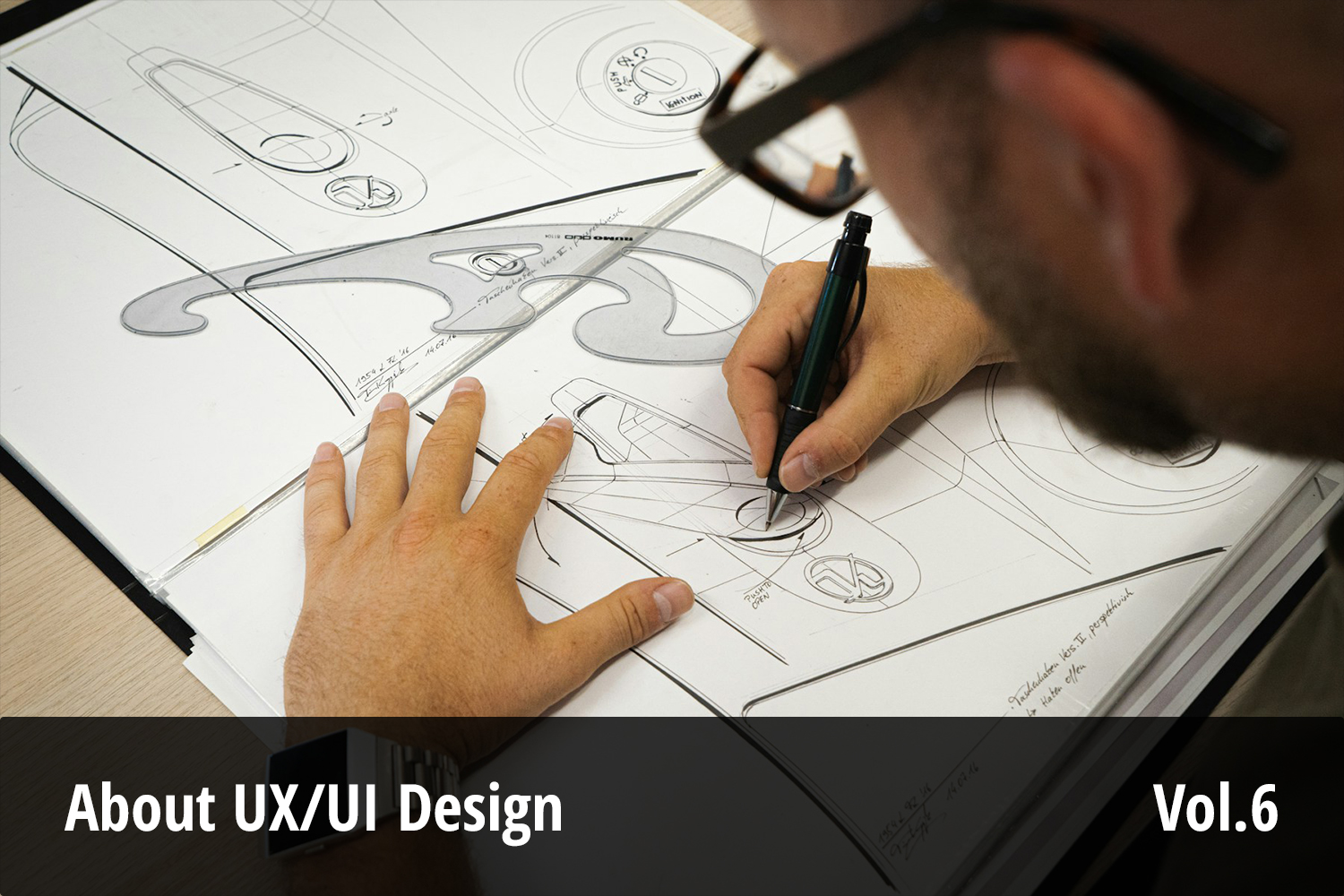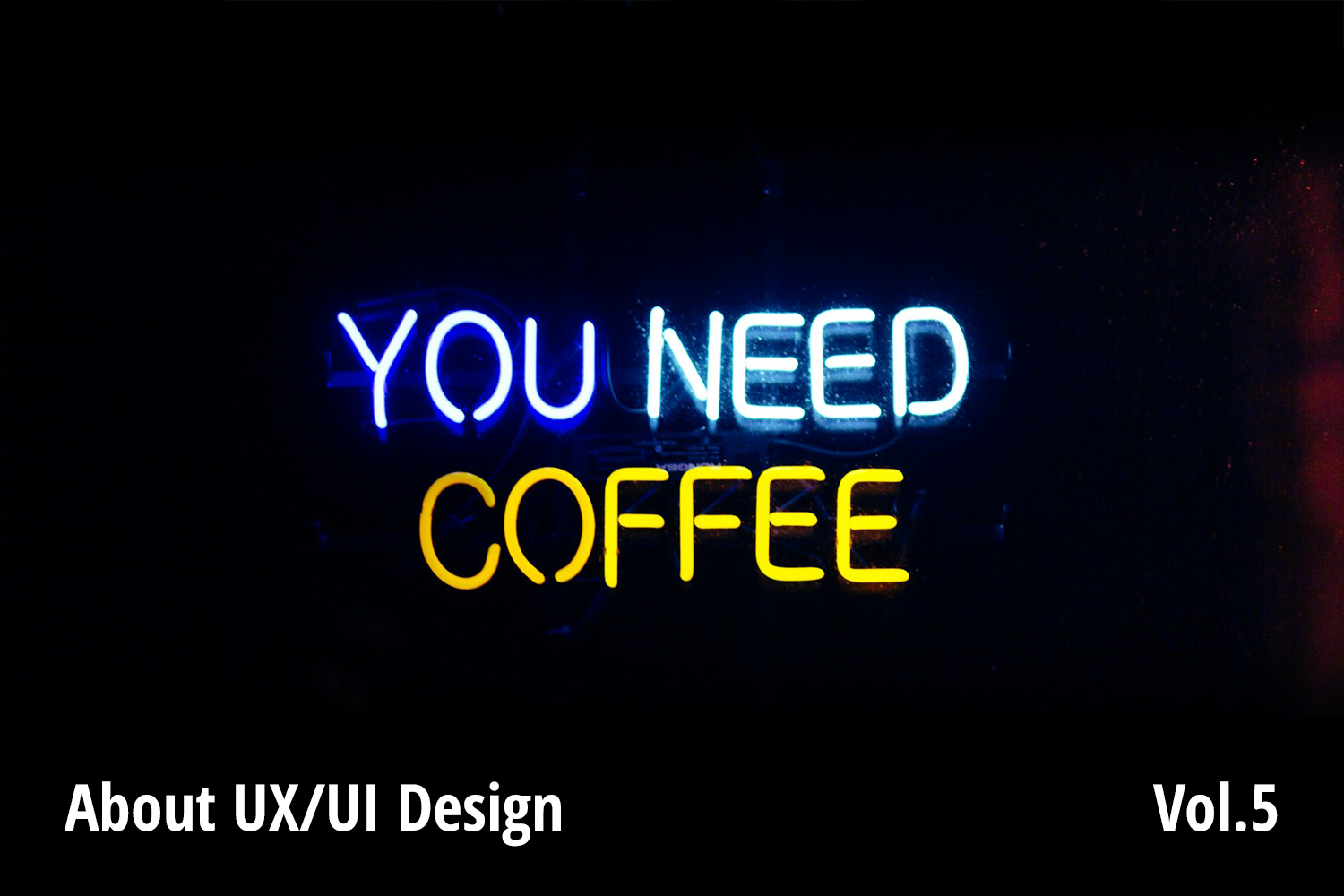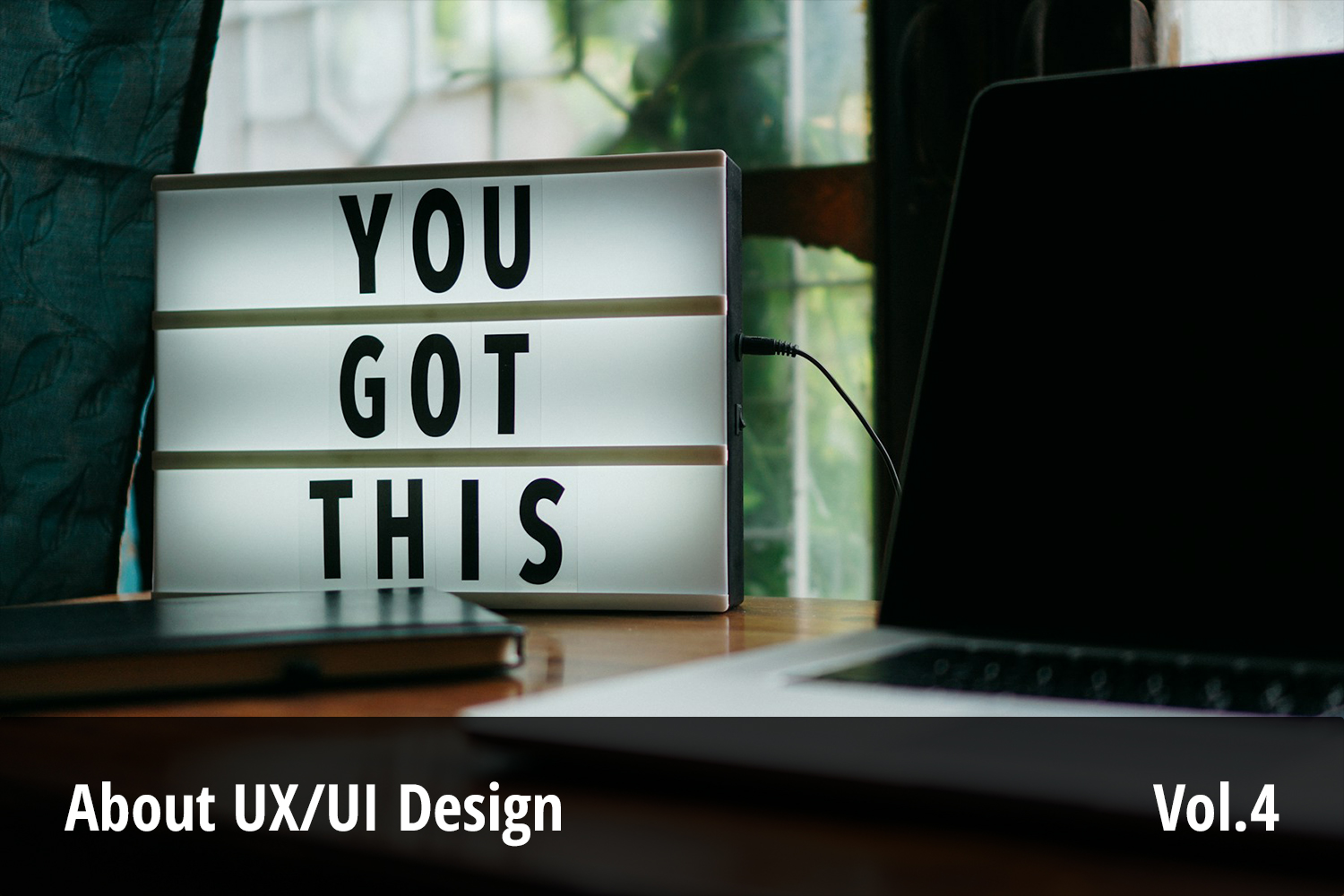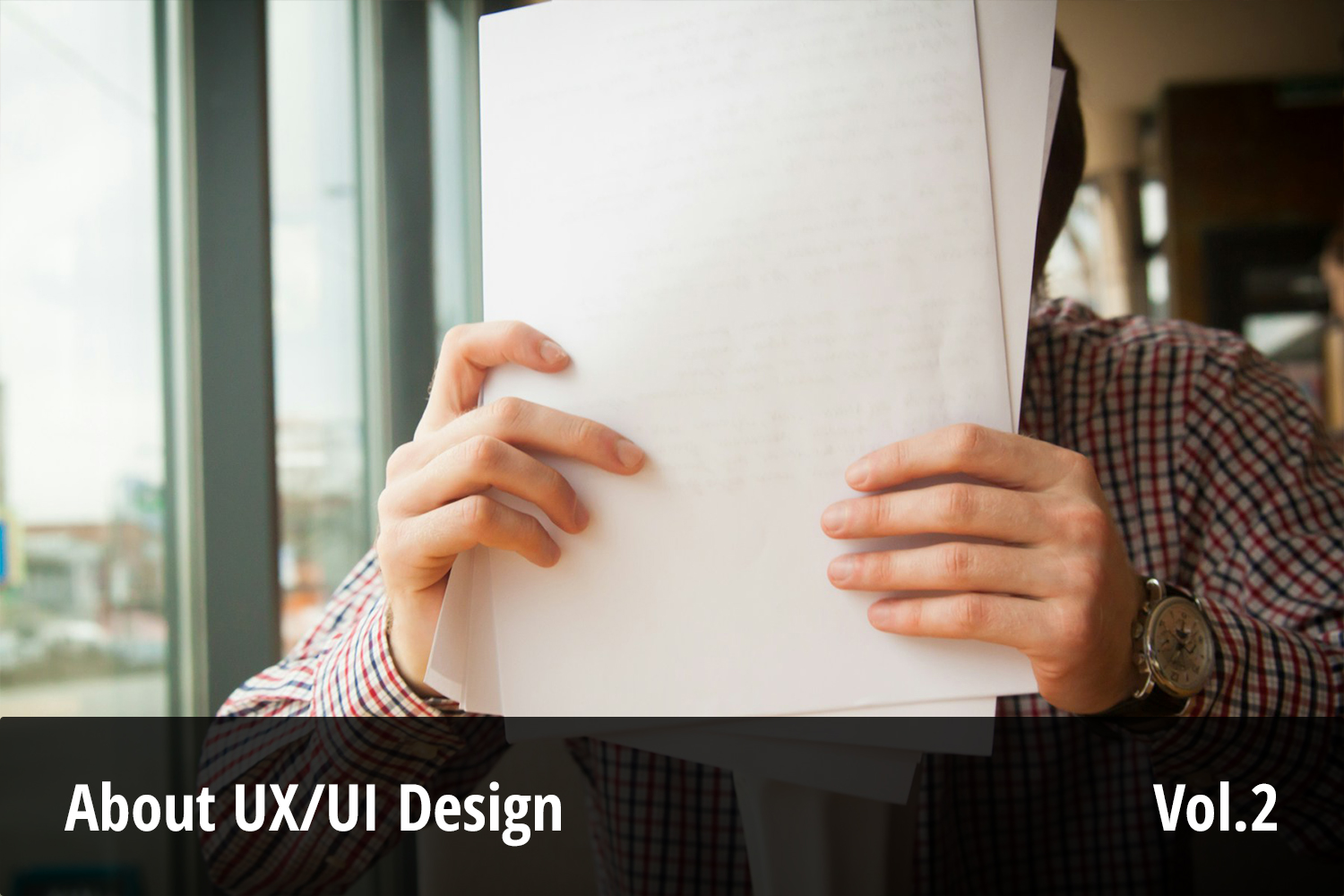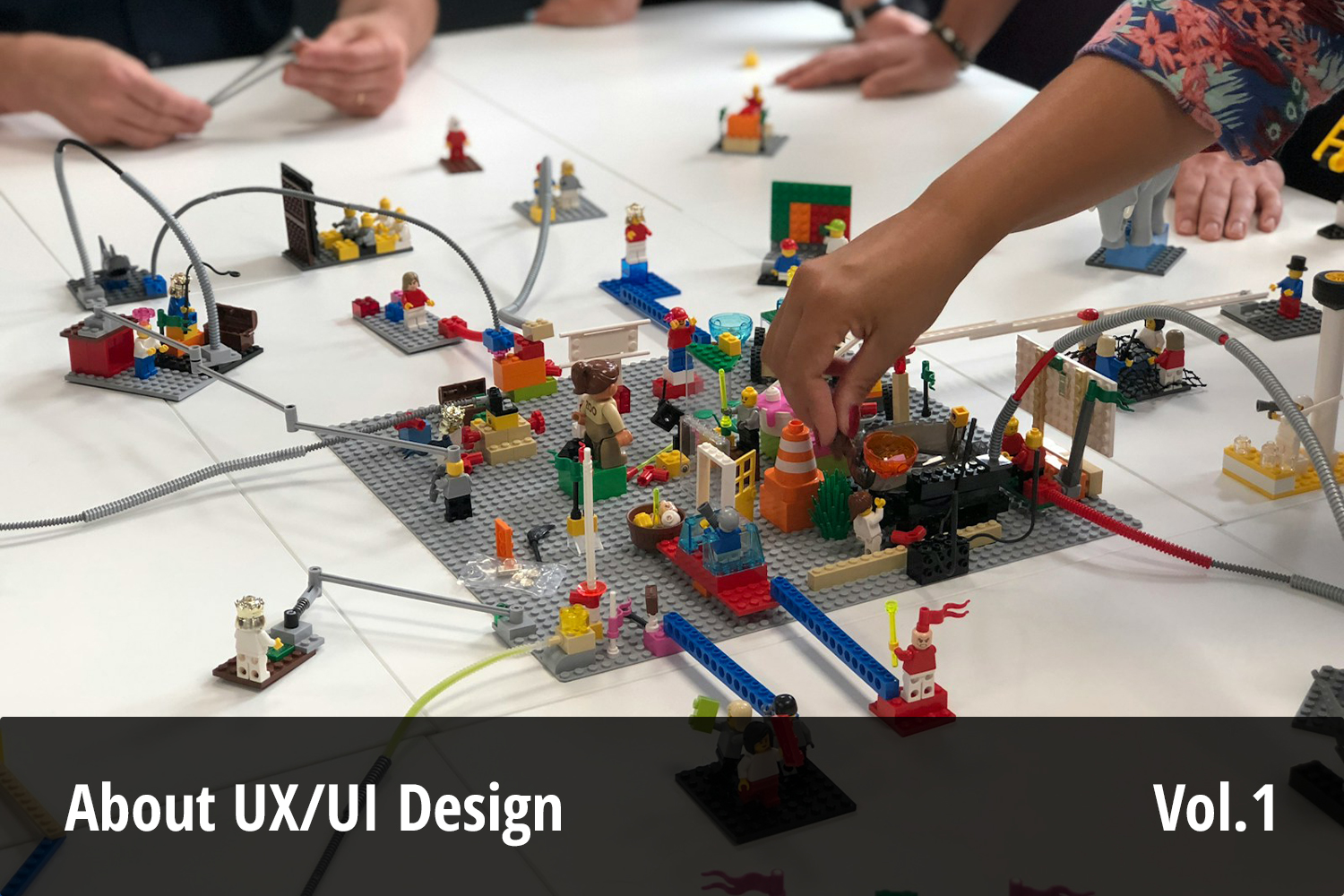AI Integration
Does Using AI Automatically Grow Your Business?
Why That’s a Myth—And Why UX Design Is the Real Game-Changer
AI ≠ Instant Business Value
There’s a common misconception: “If we use AI, our business will automatically grow.” It’s easy to believe, especially when companies built around AI—like ChatGPT or Runway—are making headlines. But here’s the truth: those businesses are the AI. For everyone else, simply using AI to automate tasks—creating slide decks, editing social media videos, auto-filling résumés—doesn’t guarantee real business results.
Just because AI can generate a deck doesn’t mean it wins you the pitch. Just because it edits a video doesn’t mean it moves your audience. AI is a tool, not the strategy. What matters is how you use it—and why. We’re now in an era where intention and experience design matter more than automation alone.
Photo by Emiliano Vittoriosi on Unsplash
Photo by Dev Asangbam on Unsplash
When the Tool Becomes the Goal, You Lose Sight of the Purpose
Agentic AI tools are great at reducing manual effort. Yes, they save time. But if the true goal is to persuade, connect, or move people, faster isn’t always better. This is one of the biggest blind spots in modern business: mistaking convenience for value. The moment you start thinking “it’s easier now, so it must be better,” you risk losing sight of what truly drives outcomes.
UX Design Is What Unlocks AI’s True Potential
That’s where UX design comes in. UX isn’t just about app interfaces or websites—it’s about understanding human behavior, expectations, emotions, and designing experiences that meet those needs. If your product, platform, or AI-powered tool isn’t aligned with the user’s context and goals, it won’t deliver value—it’ll just be another gadget. But with UX design, AI becomes usable, meaningful, and credible.
UX design exists to answer one essential question:“What makes this meaningful to real people?”
Photo by Amélie Mourichon on Unsplash
Beating Bias with UX: Designing Beyond Assumptions
One of the biggest challenges in using AI is battling unconscious bias. Many people trust AI-generated answers without question. Others believe that “AI will figure it out” and skimp on thoughtful planning. These assumptions are dangerous—and mostly invisible. UX design helps uncover and overcome these hidden biases by asking:
- Where will users struggle?
- What are they expecting?
- What misconceptions might they have?
- What real-world limitations or constraints affect their behavior?
UX is about designing for trust, clarity, and emotional connection—so your AI-powered output doesn’t just exist, it resonates. Together, AI and UX are a powerful combo, AI handles the heavy lifting and UX ensures it lands with people.
AI doesn’t understand emotion—but people do. That’s why human-centered design is the bridge between AI’s capability and business impact. You can’t just look at the tech. You have to design how it will be experienced.
Articles about UX Design
At Genki Brothers, we publish articles sharing insights on UX design that we’ve gained through various projects.
Speed Is Nice. But Meaning Is What Moves People.
AI is fast. Accurate. Scalable. But it doesn’t move people on its own. Especially in business, value must be felt by the user. At Genki Brothers, we’ve designed and developed real-world AI use cases to explore this intersection of technology and human impact.
Avatar Marketing
A marketing tool that automates X using avatars. It allows you to run your online marketing more efficiently than ever before.
AI-Powered Japanese CV Builder
Even if you're unfamiliar with Japanese writing styles or formatting rules, our AI tool helps you generate a professional résumé and work history in the Japanese standard format. Access it from your desktop and give it a try.
From solving real problems to delivering real value
Avatar X is a fully automated avatar marketing tool that runs X campaigns on your behalf, helping you reach the right audience more efficiently. The résumé builder for the Japanese job market supports non-Japanese users navigating complex cultural expectations. These tools weren’t built just to use AI — they were built to solve real problems and deliver clear, human-centered value.
This is the shift we’re in now:
Not “How do we use AI?” but “How do we use AI to make people’s lives better?”
The future belongs to AI — but it’s UX design that makes that future usable, understandable, and trustworthy. UX isn’t about how things look. It’s about how people feel, what they understand, and what they walk away with.
Will your AI initiative be a powerful business tool — or a wasted investment?
That depends on whether you understand UX.
Don’t Rush.Talk to an Expert First.
AI is fast, tireless, and data-driven. That’s why it’s often introduced to cut costs or improve efficiency. But here’s the danger: when cost-cutting becomes the main reason to use AI, you fall into the trap of treating the tool as the goal.
Remember: AI is a tool. People create the value.
If you don’t know how—or where—to use the tool, you risk wasting time, money, and even damaging your brand.Also,AI is not about who moves first. It’s about who moves wisely.
At Genki Brothers, we help you bridge the gap between powerful AI and meaningful experience. Through UX strategy, we ensure your technology delivers real results—aligned with the people you serve.
If you're unsure where to start, or wondering if you're on the right track—talk to us. Let’s turn your AI ambition into something users will value, trust, and act on.
Let’s take the first step—together.
